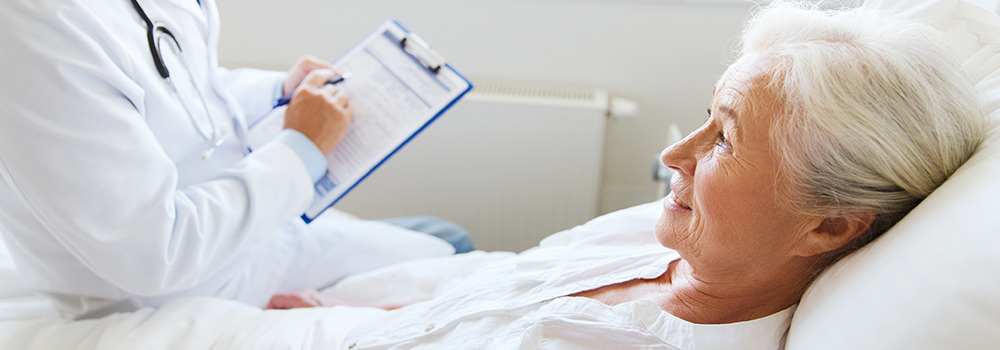Trauma & Acute care Surgery | Our Speciality
Our Speciality
According to MOHW statistics, accidents are the fifth biggest cause of death in Taiwan, while cancer is No. 1. However, accident patients are hospitalized more often than most other diseases. One out of six inpatients come from accidents.
The critical time for treating severe trauma is 60 minutes, "delivering the right patient to the right hospital at the right time” is important for trauma and emergency treatment. After recovery, there is the PTSD problems. In most hospitals, there is often a "traumatology" or "emergency and traumatic surgery" branch under emergency department to integrate the treatment of severe traumatic injuries.
The U.S. established its emergency medical network based on the experience in Vietnam War. The network, on demand of the public, covers the entire country. The well-established trauma centers reduced the fatality of trauma by 20% in the 1980's compared with the time before the network was set up.
Now the care of trauma and emergency patients has expanded from resuscitation to reconstruction and rehabilitation, the so-called “3R” system.

In addition to emergency department and traumatology, traumatic medicine needs assistance from various fields such as orthopedics, neurosurgery, thoracic surgery, plastic surgery, radiology, clinical nutrition and medicine, and hyperbaric oxygen centers. Subsequent treatments require the help of rehabilitation, Psychiatry and Chinese medicine departments. For example, traumatic neurosurgical patients account for about 20% of total neurosurgical patients. In response to the establishment of the trauma center, neurosurgery and other departments have devoted more time to treatments, research, molecular biology and new drugs and have had great results.
Many traumatic injuries are not immediate, such as internal bleeding, shock, and PTSD may even appear three months later, so part of the job for trauma medical care is to make predictions and early detection of delayed injuries and complications, so as to prevent death caused by complications and delayed surgery.
After surgeons have taken care of the acute illness or trauma, care and nutrition step in. Proper nutrition can make critically ill trauma patients recover better and faster.
Trauma patients usually have certain mental problems too. Taking care of their individual needs is our mission, and we make care phone calls after they go home to reduce the rate of readmission.
We are a Level 1 trauma center, and we have standard procedures activated the minute a patient was sent to the emergency room, including the maintenance of vital signs, diagnosis and examinations, emergency meetings, etc. The protocol is aimed at reducing human errors to the least.
We are Taiwan's only trauma center to use Lodox, a low-radiation scanning equipment that enables quicker diagnosis of the severity of trauma.
In 2016, the number of our trauma patients was 8,827, in which there were 624 severe trauma (ISS>=16) patients, about 22.1% of the total. The fatality rate of severe trauma patients was 8.8%, which was extraordinary compared to the U.S. Level 1 Trauma Centers’ average at 13.1-14.9%. This indicated we are a first-rate international trauma center.
The center won a Symbol of National Quality award on Dec. 23, 2008, with “Better trauma medicine for Taiwan – Focus, Professionalism, and Achievements.”
We were the first medical center in Taiwan to initiate a trauma registry system three years ago.
Trauma registry is crucial to the planning, establishment, improvement and monitoring of a trauma medicine system. Through actual cases we can find measures to prevent accident injuries, establish standardized treatment procedures, improve treatment plans, and monitor the quality of trauma management. In view of this, we cooperated with Formosa Association for the Surgery of Trauma to establish a traumatic registry system besides efforts on integrating trauma related divisions and building new facilities.
The center also has the job of research and education. Clinical and basic research can broaden our horizons, and we interact with local communities through the registry system and develop a monitoring system of accident injuries.
We use the data in the trauma registry system to regularly publish annual trauma report, review the characteristics of trauma patients and their treatment, and plan the development of trauma medicine. This is a great contribution to the quality of treating and caring for severe trauma patients.
